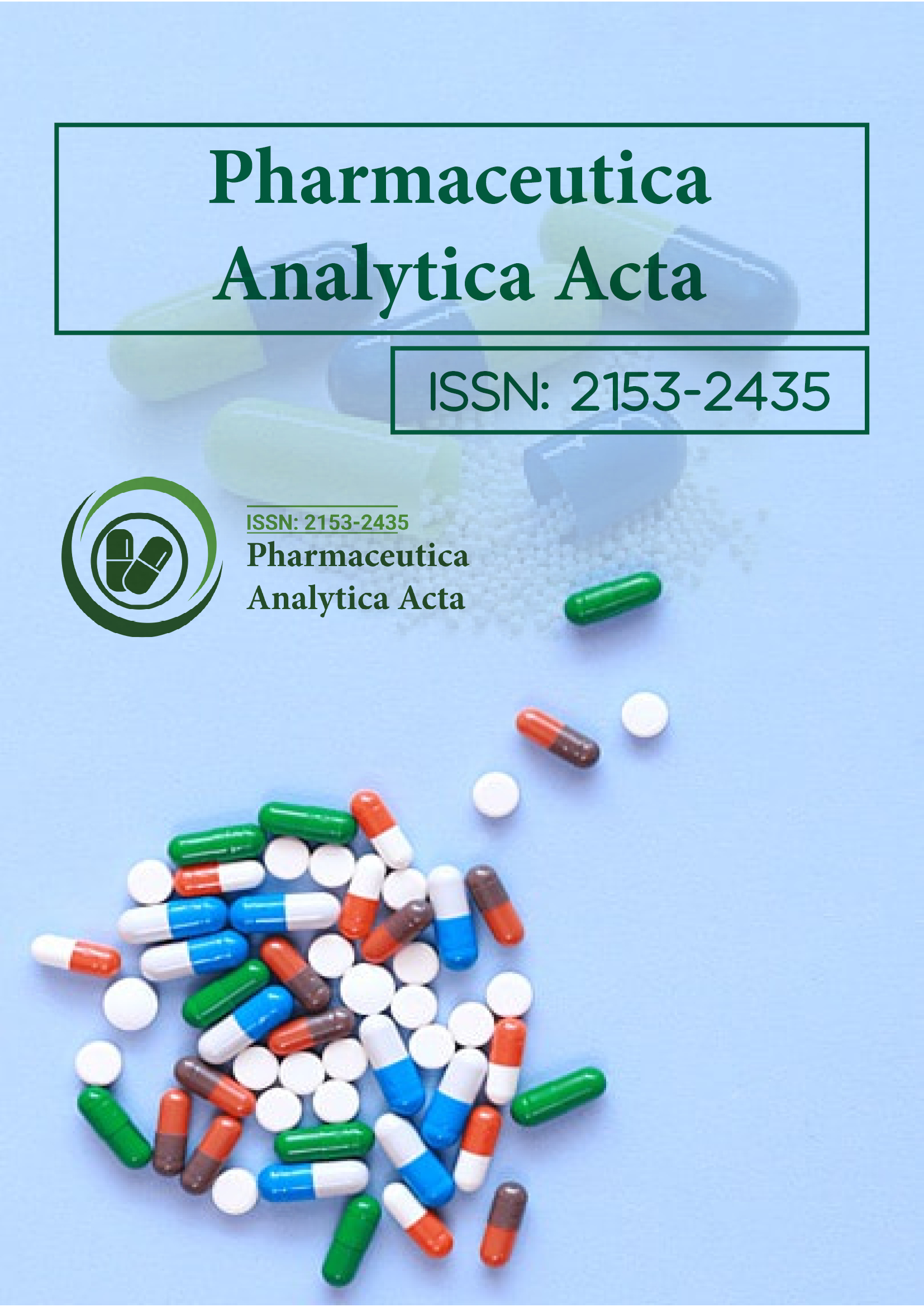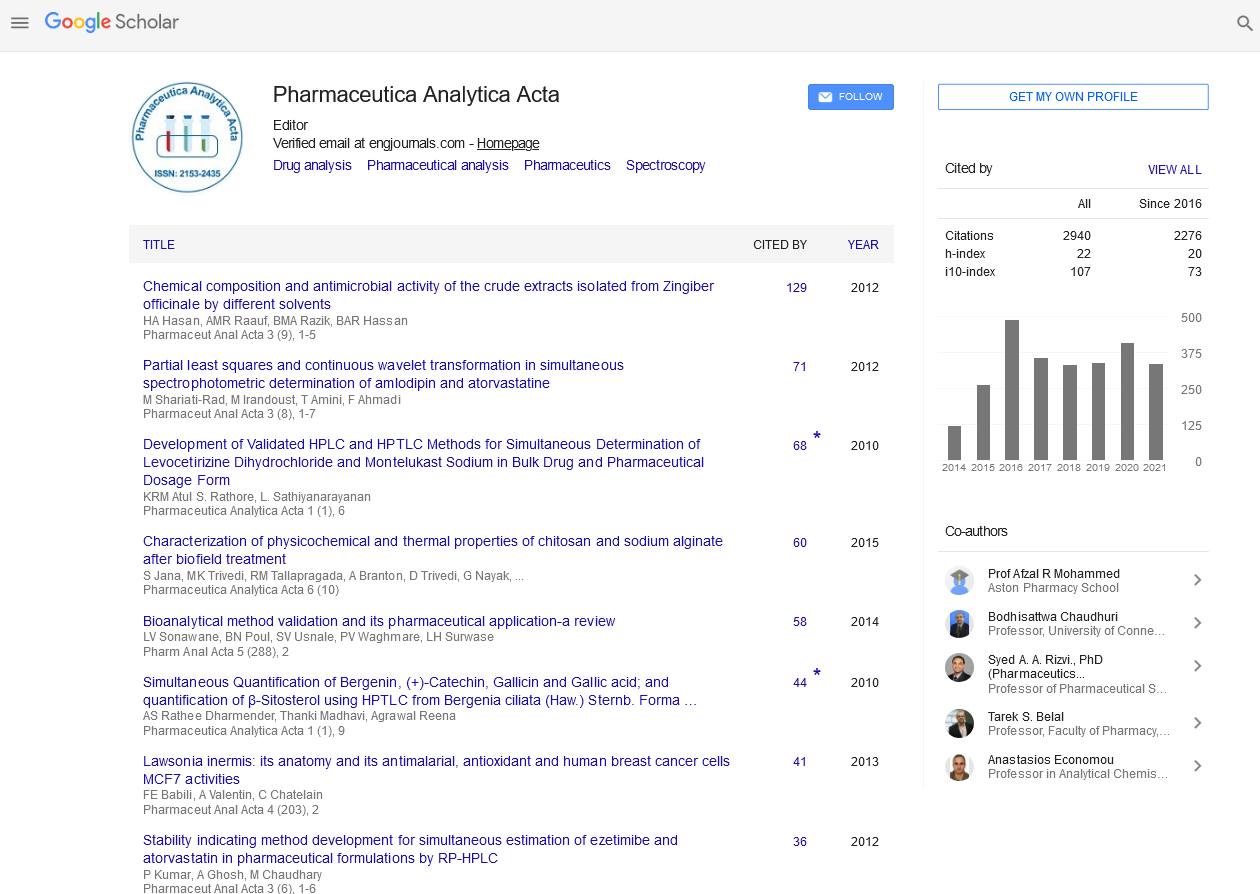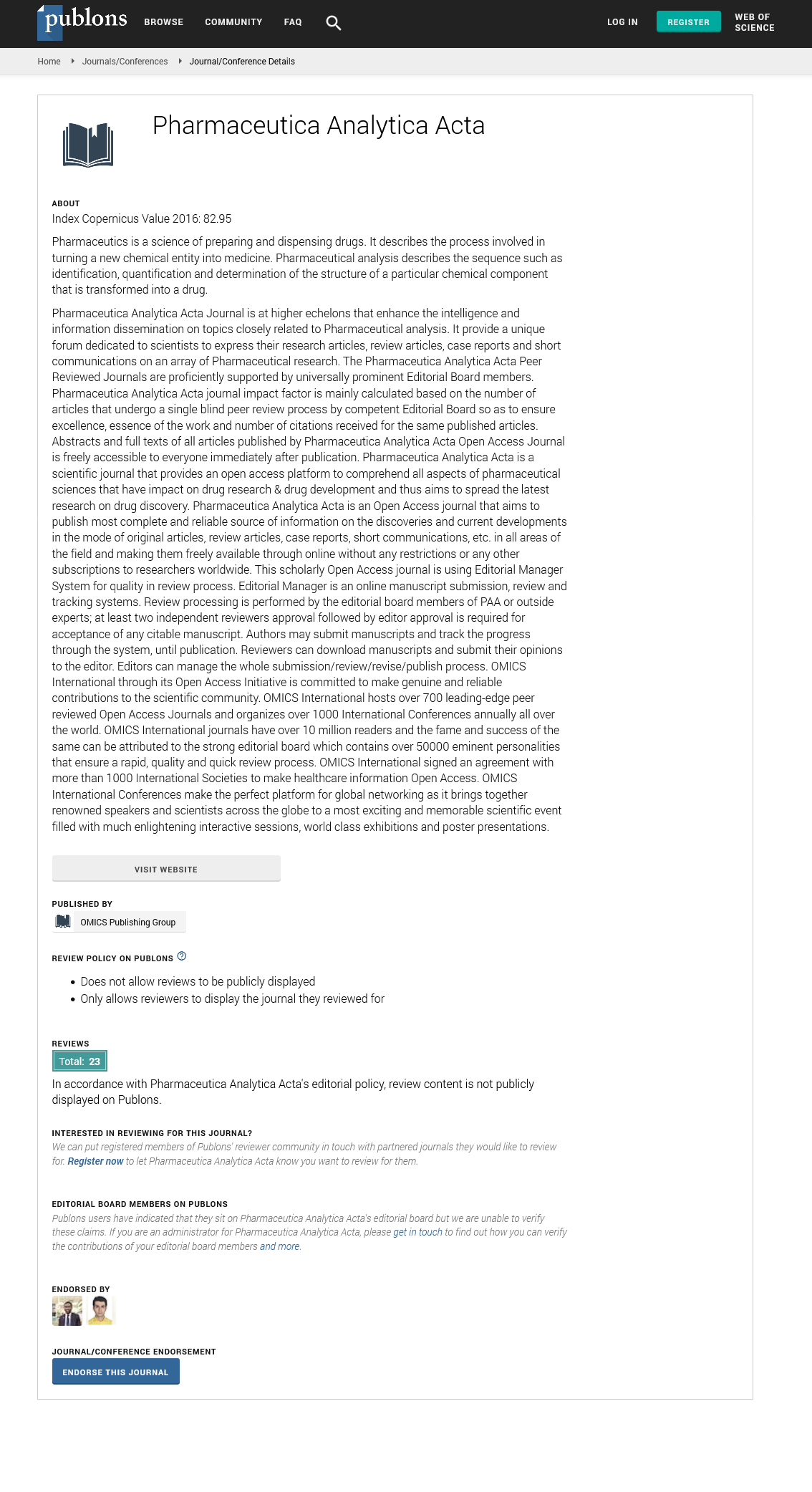Indexed In
- Open J Gate
- Genamics JournalSeek
- Academic Keys
- JournalTOCs
- The Global Impact Factor (GIF)
- China National Knowledge Infrastructure (CNKI)
- Ulrich's Periodicals Directory
- RefSeek
- Hamdard University
- EBSCO A-Z
- OCLC- WorldCat
- Publons
- Geneva Foundation for Medical Education and Research
- Euro Pub
- Google Scholar
Useful Links
Share This Page
Journal Flyer

Open Access Journals
- Agri and Aquaculture
- Biochemistry
- Bioinformatics & Systems Biology
- Business & Management
- Chemistry
- Clinical Sciences
- Engineering
- Food & Nutrition
- General Science
- Genetics & Molecular Biology
- Immunology & Microbiology
- Medical Sciences
- Neuroscience & Psychology
- Nursing & Health Care
- Pharmaceutical Sciences
Abstract
Broadband Terahertz Time-Domain and Low-Frequency Raman Spectroscopy of Crystalline and Glassy Pharmaceuticals
Seiji Kojima, Tatsuya Mori, Tomohiko Shibata and Yukiko Kobayashi
The applications of the broadband Terahertz Time-Domain Spectroscopy (THz-TDS) and the low-frequency
Raman scattering spectroscopy to glassy and crystalline pharmaceuticals were reviewed. The real and imaginary parts of a complex dielectric constant were measured by the transmission of THz-TDS using a pure pellet without mixing polyethylene in the frequency range from 0.2 to 6.5 THz. The low-frequency Raman spectra were measured down to 0.3 THz using a double-grating spectrometer. In crystalline indomethacin, indapamide, and racemic ketoprofen, the clear difference in peak frequencies was observed between THz dielectric and low-frequency Raman scattering spectra. It can be attributed to the mutual exclusion principle between Raman and IR activities of optical vibrational modes in centrosymmetric crystals. In glassy indomethacin the broad peak at 3.0 THz in the IR spectrum is attributed to the infrared active intermolecular vibrational mode of the hydrogen bonded cyclic dimers, which is centrosymmetric. The boson peak is the well-known low-energy excitation reflecting vibrational density of states in glassy or amorphous materials. The boson peaks of glassy indomethacin were clearly observed at about 0.3 THz
and 0.5 THz in THz-TDS and Raman scattering spectra, respectively. The difference in peak frequencies is attributed to the different frequency dependence between IR-vibration and Raman-vibration coupling constants.


